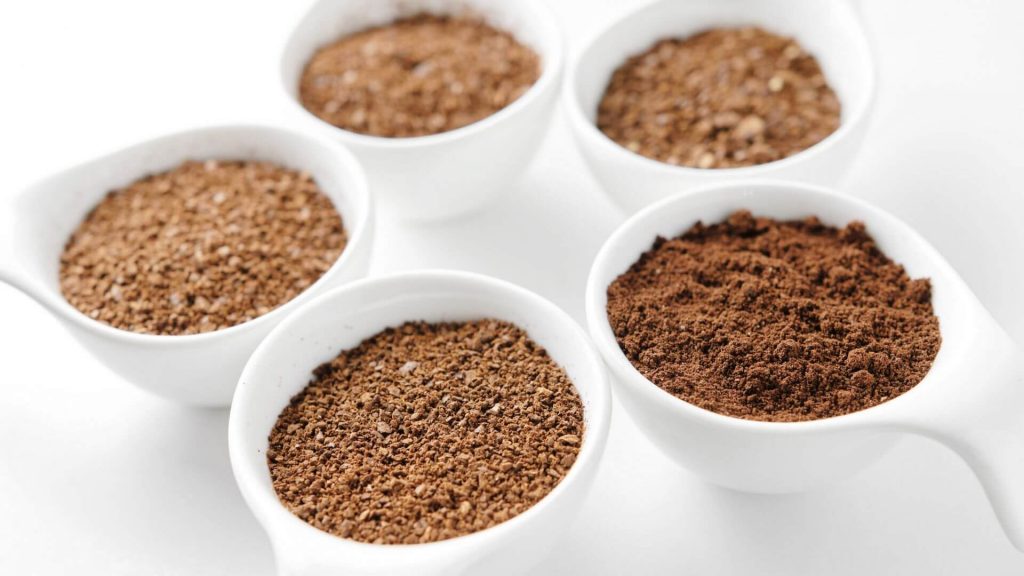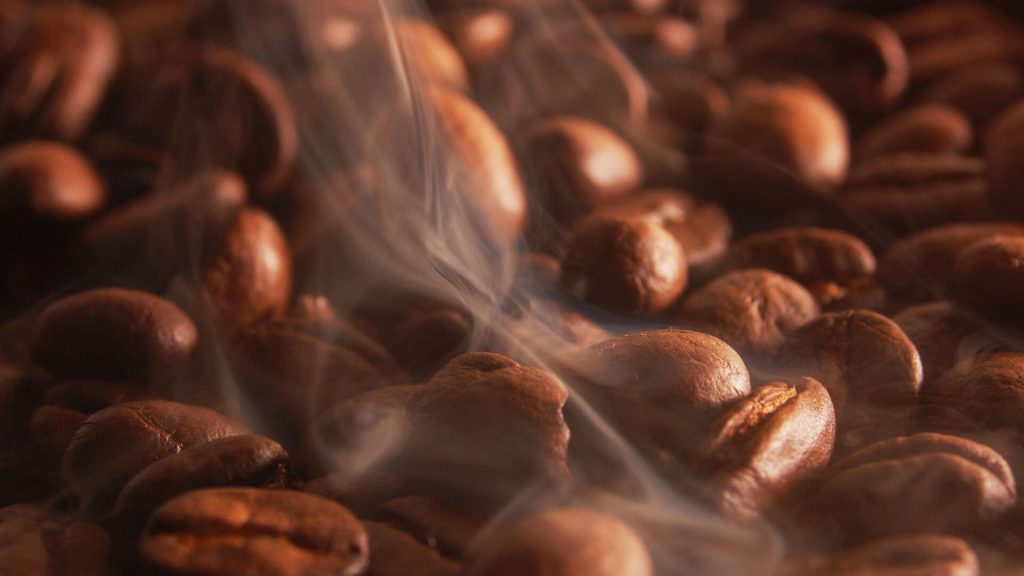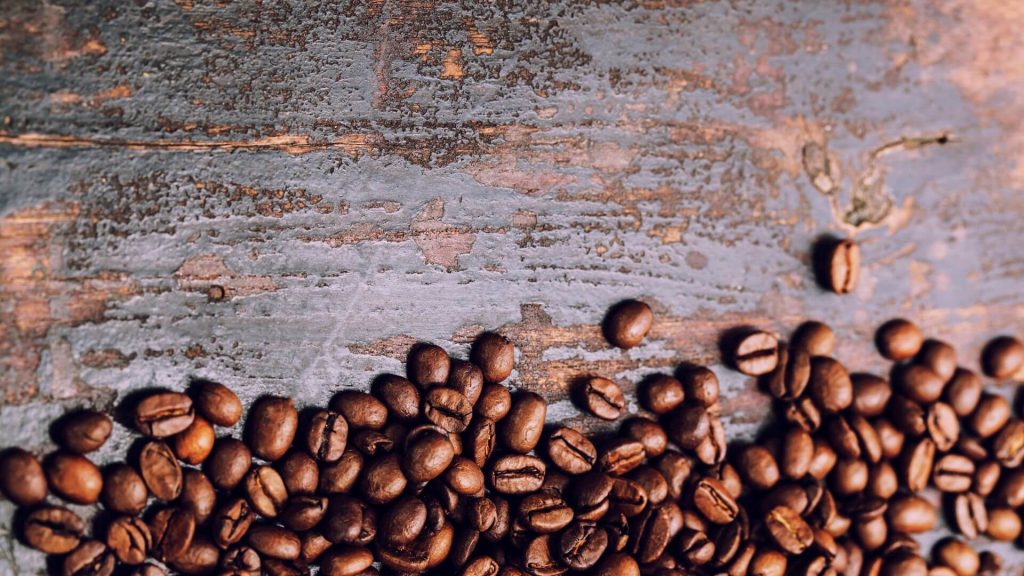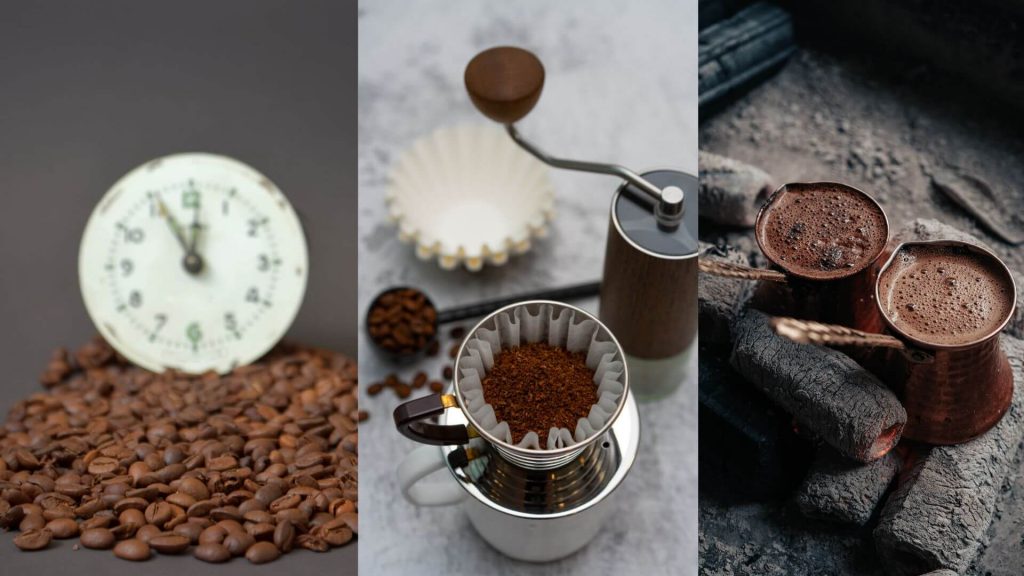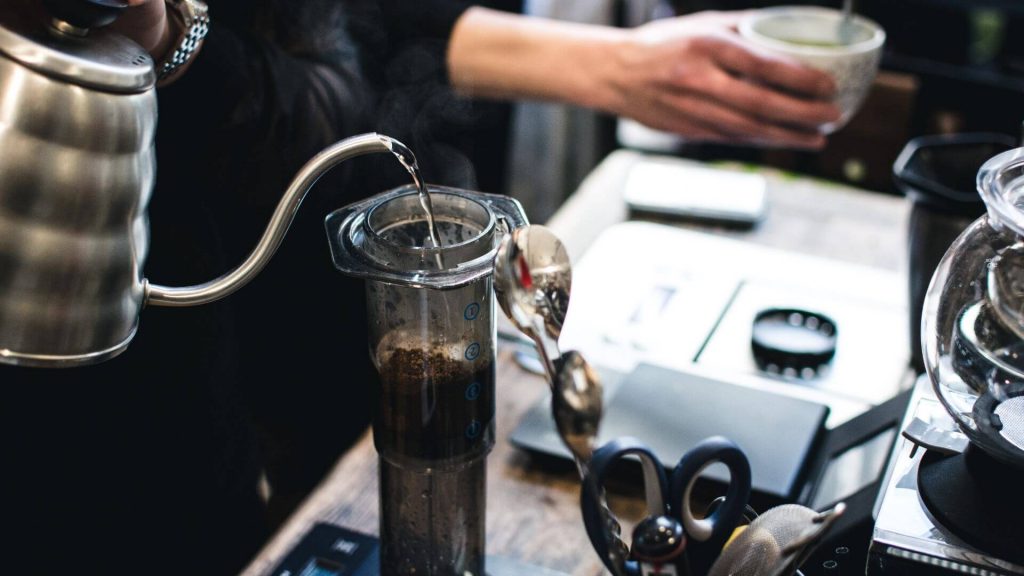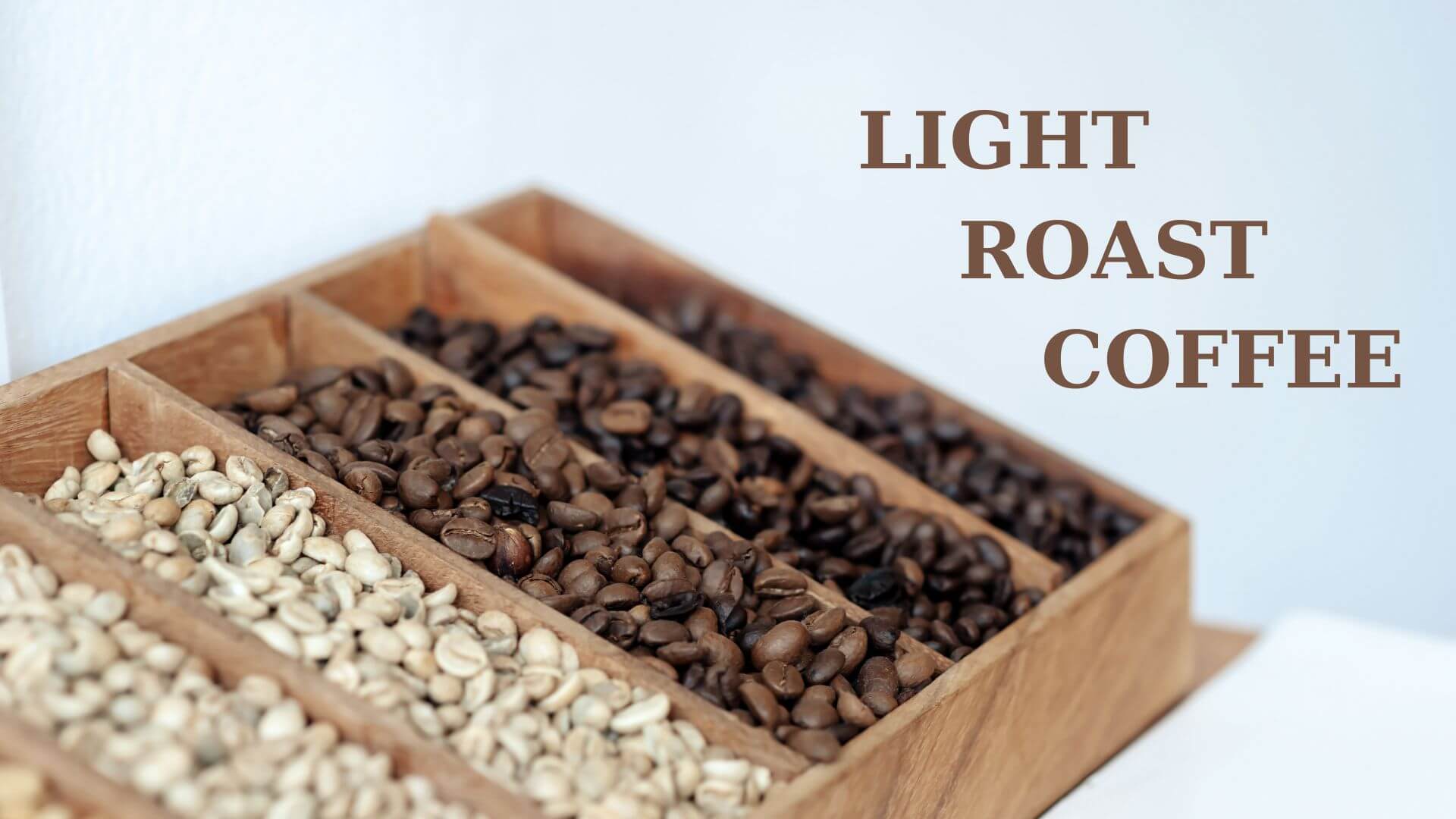
When you consider how many different ways to prepare coffee, finding the ideal brewing method can feel like an impossible challenge. With light roast coffee, it is fast becoming the coffee brew of choice for many coffee lovers throughout the world. Coffee that has been roasted at a light temperature develops a flavor that is both wonderfully delicate and remarkably complex. The quality of the roasted beans and the temperature at which they were roasted are the two most essential factors in producing the ideal light brew. Let’s take a look at the best brewing methods: light roast coffee
What Is Light Roast Coffee?
As you might expect, the roasting process distinguishes lightly roasted coffee from other types. The heating of coffee beans to turn them from green to brown is known as roasting. The color of the beans after roasting distinguishes the three different coffee roasts available in stores. By looking at the bean, you can tell if it is light or dark roasted. Light roast beans are golden brown and have a matte surface. Dark roast beans have a shiny surface and a dark brown appearance.
The full answer to “what does light roast coffee mean” is more complicated than you might think. Roasting is a precise art, and several factors differentiate the three types of roasts.
Light roast coffee is made from lightly roasted coffee beans. The internal temperature of these beans is 350-400 degrees Fahrenheit. Medium and dark roast beans, on the other hand, are roasted at temperatures ranging from 405 to 435 degrees Fahrenheit.
Aside from color, the other distinction between light and darker roasted coffee is the quality of the coffee used and, as a result, the complexity of flavor achieved when brewing. You can’t see it with your eyes, but you can taste it with your tongue. As previously stated, lighter roasted coffee reveals the true nature of the bean’s quality; a poor quality coffee that has been lightly roasted will taste like a poor quality coffee. A poor quality darker roasted coffee will taste darker roasted coffee. We at mod cup-like to think of darker roasts as a cooking sauce. A good sauce can cover up a lousy steak.
The flavor of Light Roast Coffee
During the roasting process, a variety of flavors can be added to coffee grounds. Flavorings that are fruity, floral, or sweet alter the brew’s taste. In a mixer, combine the still-warm roasted beans with the flavor of your choice and spin for 15 minutes, or until the beans absorb the aroma. Because the coffee bean is the seed of a fruit, it can have a wide range of flavors. These seeds have one of the most complex flavor profiles available. It can have twice the flavor complexity of fine wines when properly roasted.
Light roasting aims to bring out the distinct flavors and characteristics of a specific coffee bean. Lighter roasting is preferable when compared to high-quality coffee. It keeps the natural brightness, aromas, and flavor of the coffee. A light roast can have the following exciting flavors added to the beans:
- Berries include strawberries, raspberries, and blueberries.
- Citrus fruits include grapefruit, lemon, lime, and orange.
- Stone fruits such as nectarine, plum, and peach
- Floral tastes
- Roses
- Camomile
- Sweet-sugar flavors
- Sugarcane
- Honey
- Vanilla
Is there more caffeine in light roast coffee?
There is a common misconception that light roast coffee contains more caffeine because the beans are roasted less. The difference in caffeine content between light and dark roasts is mainly insignificant. However, the concept of coffee density is relevant to caffeine content. It is important to note that dark roasts lose density and grow in size during the roasting process. Take one tablespoon of light roast beans and one tablespoon of dark roast beans. Because dark roast beans are more significant, the golden roast teaspoon contains more individual beans than the dark roast teaspoon. As a result, the caffeine content of the light roast scoop is higher because it includes more beans.
In contrast, weighing light and dark roasts will have roughly the same caffeine content. When measuring by weight, only the mass of the beans matters. Even though it appears that you have more dark roast beans because they are larger, you have the same amount.
The caffeine content per cup is determined by the brewing method rather than the roast. Espresso, for example, is more robust than drop coffee ounce for ounce. However, when you drink espresso, you consume less liquid overall than drip coffee. In the end, light roast coffee is not necessarily stronger than dark or medium roast coffee. The distinction between the two is most noticeable in the depth of flavor that the light roast is capable of displaying.
Is light roast coffee more acidic?
Although light roast coffee has a sour flavor, it is not more acidic. The acidity level in all coffee beans is the same. The amount of acidity retained is determined by the roasting process. A light roast has more natural acidity than a darker roast. The acidity in coffee is what gives it its flavor. It might be the best cup you’ve ever had or the worst. It may leave a sour taste in your mouth if it is too acidic. If there isn’t enough acidity, the coffee will taste flat. Coffee is acidic, but it only has a PH of five out of 14, which means it has less acid than a can of beer, soda, or a glass of orange juice. You can reduce the acidic PH of your coffee by brewing it with sodium bicarbonate or using an alkaline dairy creamer like almond milk.
Changing your brew recipe for a different roast profile
So you have a recipe but want to experiment with new beans. How can you modify your method to accommodate a different roast profile? A few variables can be changed to compensate for differences in porosity and solubility.
Size of Grind
Coffee with a finer grind has more surface exposure. It means that extraction will be faster. If you’re used to brewing with a medium roast and want to try a light roast, grind it more acceptable. Similarly, use a coarser grind size if you usually use light-roasted beans but want to go darker.
The temperature of the water
There is no correct temperature for brewing coffee (though there are suggested ranges, such as the SCA’s recommendation of 195–205 °F/90–96°C). However, the faster the extraction, the hotter the water used. Some compounds will never be extracted at such low temperatures, causing cold brew to be very mellow and sweet while lacking any bitterness to balance out other notes.
Consider changing your water temperature to bring out the flavors you prefer in your coffee. If you’re using a dark roast, you might want to lower the water temperature to avoid over-extraction and bitter tastes. Using hotter water will help speed up extraction if you’re using a lighter roast than usual.
Time to Brew
The longer the coffee is exposed to water, the longer it takes for extraction to occur. Keep this in mind when selecting a roasting method – as previously stated, espresso has a short time to extract, so a light roast may not be the best option.
You can also adjust your technique within each brewing method to provide a longer or shorter brewing time. You were pouring water more slowly when making filter coffee, for example, or letting a French press sit for long before serving.
Other factors
It’s fun to experiment with different roast profiles, grind sizes, water temperature, and brewing times to see how these variables affect your cup. However, it would help if you also considered what aspects of your brew recipe might change by accident.
The flavor of coffee beans deteriorates as they age. Coffee loses essential oils and compounds that contribute to body, aroma, and taste as a result of oxidation and degassing. Roasted coffee beans should be used within two weeks of purchase to avoid even faster oxidation, stored in the air- and light-tight containers, and ground as needed.
The Best Brewing Methods For Light Roast Coffee
Light roast coffee can be brewed the same way as regular coffee, but pour-overs and other drip methods are the most effective way to make the perfect cup.
Pour-over
Pour-overs are a cheap and simple way to make a perfect cup of coffee. They taste best when made with freshly ground beans, resulting in a clean, rich, light-bodied flavor with subtle flavors throughout.
All you need to make pour-over coffee is medium-fine ground coffee beans, boiling water, paper coffee filters, and a pour-over container. The Chemex coffee maker is one of the most popular pour-over coffee makers. Place the cone-shaped filter in the pour-over coffee maker. Place the grounds in the filter and pour boiling water over them in a circular motion until all of the water has been absorbed.
Pour-overs typically take 3 to 5 minutes to brew and yield 4 cups per brew.
Brewing Instructions
- Heat the water.
- Insert a filter into the dripper.
- Fill the filter halfway with ground coffee and gently tap it to level the surface of the grounds.
- Pour water slowly over the coffee, starting at the rim and working your way in a spiral toward the center of the grounds.
- Pour in a steady spiral from the grounds center to the outer edge and then back to the center.
- Pour in a steady spiral from the grounds center to the outer edge and then back to the center. Pour all the way out to the filter’s edge, over the ripples.
- Complete your fourth and final pour when the water and coffee from the third pour have dropped to the bottom of the filter.
The French Press
Because of the constant infusion in hot water, the flavors and compounds of the coffee grounds are aggressively extracted in a French Press. A light to medium roast is a safe bet because the resulting brew isn’t overpowering. The French Press, ubiquitous in the coffee world, is frequently regarded as the fool-proof coffee brewing method for beginners. It employs the steeping technique.
Brewing Instructions
- Heat some water.
- Fill the French Press halfway with ground coffee. Make use of a coarse grind.
- Pour in enough water to make however many cups you want, up to the capacity of your French Press.
- Place the plunger on top and steep the coffee for 2-4 minutes. Make sure not to over brew it.
- Push the plunger all the way down until it reaches the bottom.
- Fill a cup halfway with coffee.
- Pros: Straightforward; natural oils from coffee beans are preserved.
- Cons: At the bottom of your cup, there is usually fine coffee ground sediment.
This brewing method is ideal for those who prefer their coffee to be clean and mellow.
Aeropress
The Aeropress is becoming popular among those who are constantly on the go. It was created to maximise flavour extraction in a short amount of time. As a result, an Aeropress makes your coffee taste stronger than it should.
A light to medium roast will ensure that your coffee is sufficiently rich, smooth, convenient, and easy to use. The AeroPress is a handy coffee-making gadget that’s simple and portable, making it popular among travellers. Air pressure is used to force brewed coffee through the sieve.
Brewing Instructions
- Heat some water.
- Place a paper filter in the plastic cap and pour a little hot water over it to keep the filter in place. (A metal filter is an option.)
- Fill the Aeropress halfway with ground coffee.
- Fill the cup halfway with hot water.
- Check that all of the coffee has been steeped in the water and leave it for 30 seconds.
- Allow one minute after giving the coffee a quick stir.
- Place the Aeropress over your cup and screw on the plastic cap with the filter.
- To force the coffee through the filter and into your cup, depress the plunger.
- Pros: Produces a rich and smooth brew; is quick and lightweight; requires minimal clean-up.
- Cons: Only makes one cup of coffee at a time; if you use paper filters, you’ll waste some.
It’s perfect for those who need their coffee fix while on the road.
Related Posts
Green Coffee and Roasted Coffee
The best wholesalers coffee beans in Asia by country
Conferences
Perfect Daily Grind (2019). Adjusting A Brew Recipe To Your Coffee Roast Level
Coffee Lounge (2021). Which Coffee Roast is Best for My Brewing Method
Dial Up The Coffee. Guide To Brewing Light Roast Coffee
Mod Cup (2021). The Ultimate Light Roast Lover’s Guide to Coffee
